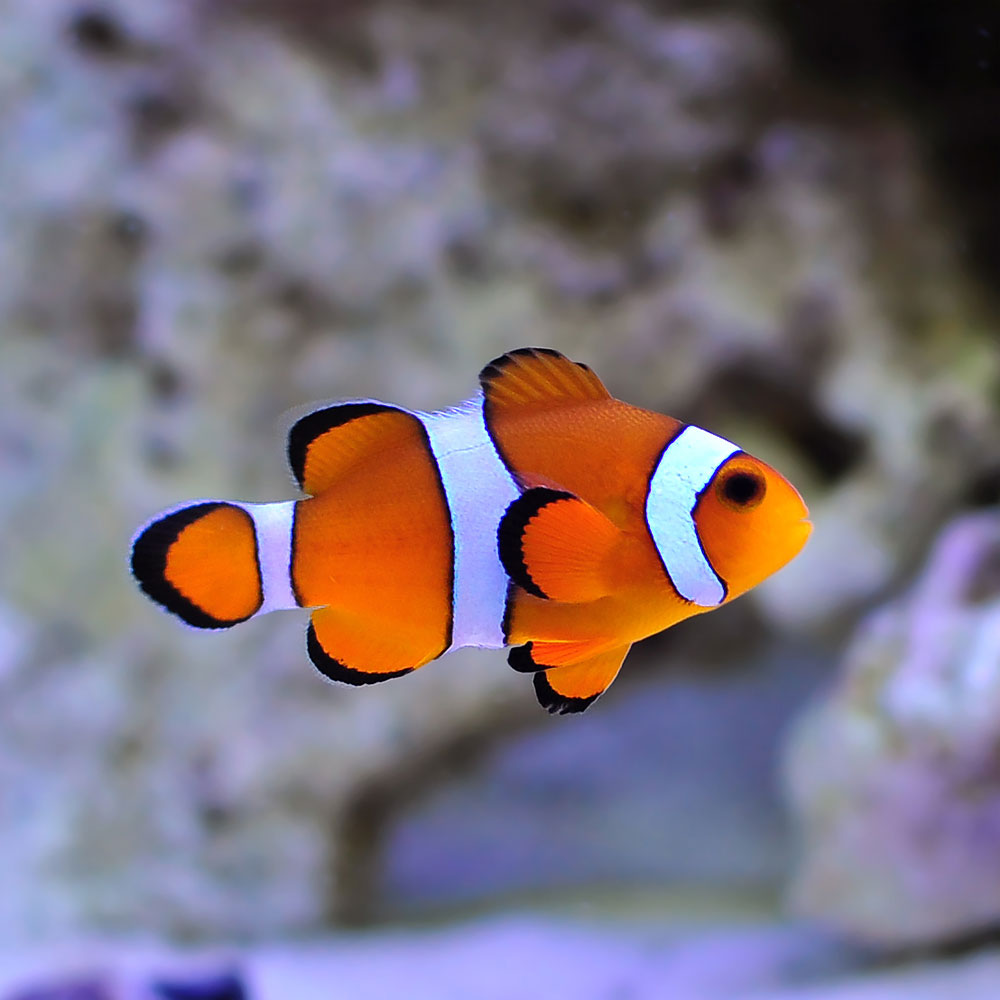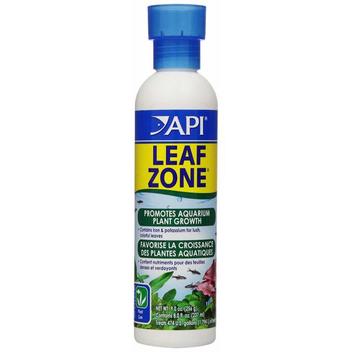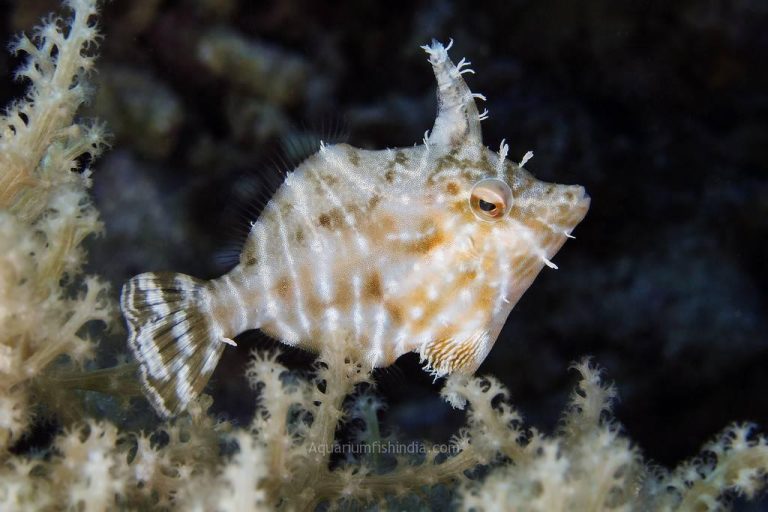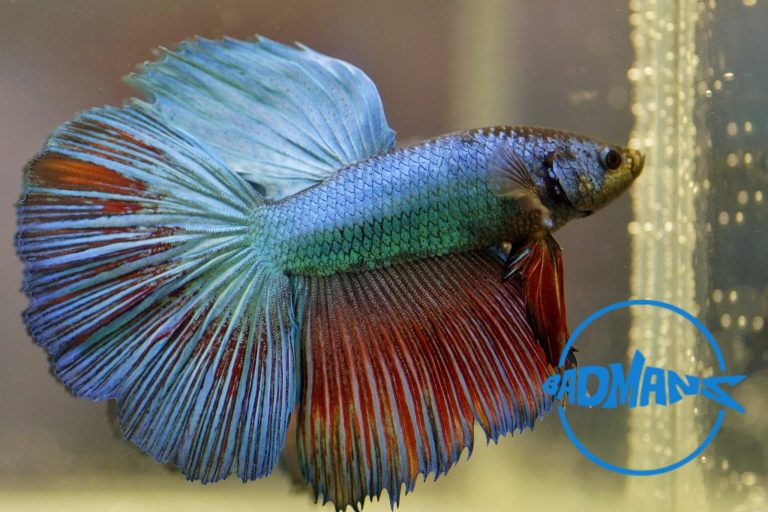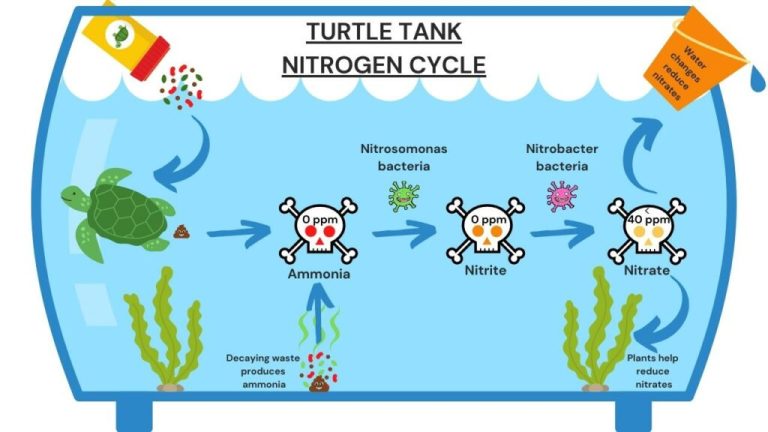Ocellaris Clownfish
Ocellaris Clownfish: The Jewel of the Ocean
If you’ve ever watched the beloved animated film Finding Nemo, chances are you’ve fallen in love with the adorable and charismatic character known as Nemo. Nemo is an ocellaris clownfish, a type of fish that has captivated the hearts of both children and adults alike. But what exactly makes the ocellaris clownfish so special? In this article, we’re going to dive deep into the captivating world of the ocellaris clownfish and explore its intriguing characteristics, habitat, lifecycle, and more. So, let’s swim right in!
What is an Ocellaris Clownfish?
The ocellaris clownfish, also known as the false percula clownfish, is a small marine fish that belongs to the family Pomacentridae. These vibrant orange and white fish are native to the warm waters of the Pacific Ocean, primarily in places like Australia, Indonesia, and the Philippines. They are commonly found in coral reefs and lagoons, where they seek refuge and create their homes among the protective arms of sea anemones.
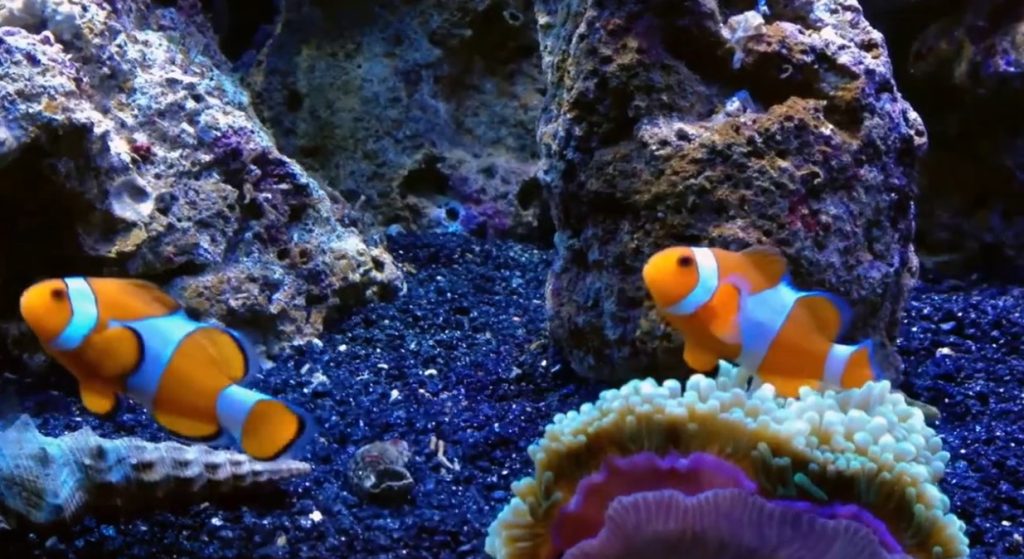
Habitat and Behavior
Ocellaris clownfish have a symbiotic relationship with sea anemones. They rely on these organisms for protection and shelter, while the sea anemones benefit from the clownfish’s presence by receiving nutrients and protection. This unique relationship allows the ocellaris clownfish to live among the stinging tentacles of the sea anemone without being harmed.
These fascinating fish are known for their distinctive behavior. Ocellaris clownfish live in small social groups, consisting of a dominant breeding pair and several non-breeding subordinate males. The dominant female is the largest fish in the group, while the male is slightly smaller. When the dominant female dies or is removed from the group, the dominant male undergoes a sex change and assumes the role of the female.
Life Cycle of Ocellaris Clownfish
The life cycle of an ocellaris clownfish is nothing short of extraordinary. It begins with the spawning of eggs by the adult female. The male then fertilizes the eggs, and they are attached to a flat surface near the sea anemone. The male takes on the responsibility of guarding the eggs until they hatch.
The development of the eggs takes approximately 6 to 10 days, depending on various factors such as water temperature. Once the eggs hatch, the larvae are released into the water column. At this stage, they are tiny and vulnerable, drifting with the ocean currents for several weeks. Eventually, they settle down and find a suitable anemone to call home, and the cycle begins anew.
Feeding Habits and Diet
Ocellaris clownfish are omnivorous creatures that have a diverse diet. In the wild, they mainly feed on algae, plankton, small crustaceans, and other tiny organisms found within their natural habitat, such as copepods and amphipods. They are also known to scavenge for food scraps and leftover meals from the sea anemone.
In captivity, ocellaris clownfish can be fed a diet of commercial fish flakes, pellets, and frozen foods specifically formulated for marine fish. It’s important to provide them with a varied and balanced diet to ensure their optimal health and well-being.
Breeding and Reproduction
Breeding ocellaris clownfish in captivity has become popular among aquarium enthusiasts. These fish have relatively straightforward breeding habits, making them a sought-after species for aquaculture. In a controlled environment, pairs of ocellaris clownfish can be introduced into a suitable aquarium with a sea anemone, where they will eventually spawn.
The process of breeding and raising ocellaris clownfish can be a rewarding experience, but it requires careful attention to water quality, temperature, lighting, and feeding. With proper care and patience, successful breeding can result in a new generation of adorable clownfish.
Frequently Asked Questions
Q: Are ocellaris clownfish suitable for beginners in the aquarium hobby?
A: Yes, ocellaris clownfish are considered one of the most beginner-friendly fish species for aquarium enthusiasts. They are hardy, adaptable, and relatively easy to care for, making them a great choice for both experienced and novice fishkeepers.
Q: Can ocellaris clownfish be kept alone without a sea anemone?
A: Ocellaris clownfish can adapt to a captive environment without a sea anemone. They can thrive in a well-maintained aquarium with suitable hiding spots and other tank mates. However, the presence of a sea anemone provides them with a natural and stimulating environment.
Q: Do ocellaris clownfish have any predators in the wild?
A: Ocellaris clownfish have a few natural predators in the wild, including larger fish, predatory snails, and even some species of marine birds. However, their close association with sea anemones provides them with protection against many potential threats.
Final Thoughts
The ocellaris clownfish is more than just a fictional character in an animated film. These captivating creatures bring joy, wonder, and color to the world of marine aquariums and coral reefs. From their unique and intricate relationship with sea anemones to their vibrant appearance and fascinating life cycle, ocellaris clownfish have truly earned their place as the jewels of the ocean. Whether you’re a seasoned aquarium enthusiast or simply appreciate the beauty of marine life, the ocellaris clownfish is an enchanting species that deserves admiration and protection. So, dive into their world, and let these graceful fish capture your heart and imagination.
